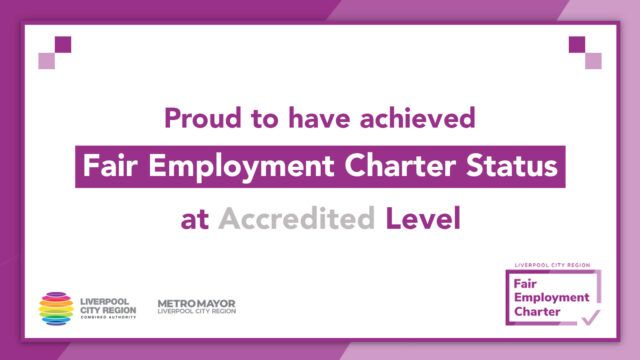There are nearly five times as many NEET young people with an SEMH condition than those without an SEMH condition or EHCP.
Amid rising national NEET figures, we have identified the prevalence of Social, Emotional and Mental Health (SEMH) conditions among young people as a major consideration when addressing the reduction of NEET.
In a preview of our latest research, we have found there are nearly five times as many NEET young people with an SEMH condition than those without an SEMH condition or education, health and care plan.
In areas where we deliver NEET support services, 38.1% of young people aged 16 and 17 with an Education, Health and Care Plan (EHCP) and an SEMH condition had spent time NEET during their first or second year after leaving school. This compares to 20.1% of all young people with an EHCP, and 7.9% of young people without an EHCP.
A call to action
The latest ONS figures showing a further increase in the number of 16-24s who are NEET – 987,000 in February 2025. This is an increase of 256,000 since December 2021. So, we are calling on the government to address the challenges faced by young people with SEMH needs in this group.
Sheila Clark, CEO of Career Connect, said: “We all need to recognise that when we’re talking about the latest NEET figures, we’re also talking about the high numbers of young people dealing with Social, Emotional and Mental Health (SEMH) conditions. Our research is telling us that nearly five times more young people with a recorded SEMH condition are NEET, than those without an SEMH condition or Education Health Care Plan. It is vital that any proposals to reduce NEET numbers give strategic attention to this issue.
“It is a complex situation, and there are wider systemic, social and economic factors at play that need to be fully understood in the long term. But in the meantime, it is vital to share best practice that is having a positive impact on this group of young people and look at how much of this can be implemented soon, to enable young people to move forward with confidence into suitable employment, training or education. Underpinning this with a set of benchmarks to ensure consistency of support for those NEET across the country is key.
“We look forward to sharing our wider report with local and national government soon.”
A shortage of opportunities
Our research also found a shortage of post-16 education and training opportunities directly aligned to the support and learning needs of young people with an SEMH condition. Researchers found some excellent examples of education provision that is working well. The supply, however, does not meet the growing demand. Programmes are often short-term and without a long-term presence and funding.
Features of good practice in post-16 provision, which are leading to positive outcomes for young people with SEMH conditions include:
- The ability to register at different points in the academic year – not just September.
- Part-time/small group learning options
- Teachers/tutors that are trained to work with SEMH young people and who are aware of each person’s needs.
- Opportunity to learn virtually, as well as in person.
- Flexibility to take regular breaks during learning.
- Intensive support in early weeks of transition from pre-16 to post-16 provision, to resolve issues quickly.
- One-to-one coaching and ongoing learning support.
- Short, supported internships with employers.
Our research also shows young people with SEMH support needs would like to be more engaged in shaping education and training opportunities or support services available to them. We have also identified that wider sharing of good practice in data sharing, and looking at how that data is recorded, would allow greater targeting of the right support.
Our initial recommendations include:
- A set of best practice benchmarks for services aimed at those most at risk of NEET and which can be used to assess progress across local authorities and over time. See Career Connect’s proposed NEET benchmark framework.
- Scaling up and longer-term funding of FE provision that engages young people with SEMH support needs in sustained learning and employment readiness. The current, largely short-term provision is insufficient to meet the needs of this group and to make a long-term impact.
- A review and revision of national funding arrangements for schools and colleges to support young people with SEN and SEMH.
- Engaging young people with SEMH support needs to help shape the education and training opportunities or support services, which are available to them.
Our extensive research is based on data from:
- cohorts of school leavers in a number Northwest Local Authority areas,
- participation sessions with young people with SEMH support needs,
- workshops with careers advisers,
- interviews with FE Colleges and providers of specialist education and training,
- SEN coordinators and other local authority staff.
Full report out soon
Our full report will be out later this spring. It will look in more detail at the challenges faced by young people who have SEMH needs during the transition from school to post-16 education, employment and training. It will also analyse systemic and economic challenges in service delivery, design and co-ordination, the impact of early intervention from Year 9 in reducing numbers of young people with SEMH becoming NEET, and the scope to strengthen data-driven strategies to improve SEMH support during the post-16 transition period.



